Being a teacher, you are always looking for opportunities to make learning engaging and simple for your students. And here, a graphic organizer is a tool that helps teachers visually organize learning material for students. In addition, it provides visual presentations to students for quick learning and understanding.
Math & ELA | PreK To Grade 5
Kids see fun.
You see real learning outcomes.
Watch your kids fall in love with math & reading through our scientifically designed curriculum.
Parents, try for free Teachers, use for free
This post will walk you through different graphic organizers and how they can help teachers provide an interactive learning environment. But, first, let’s explore the topic.
What is a Graphic Organizer?
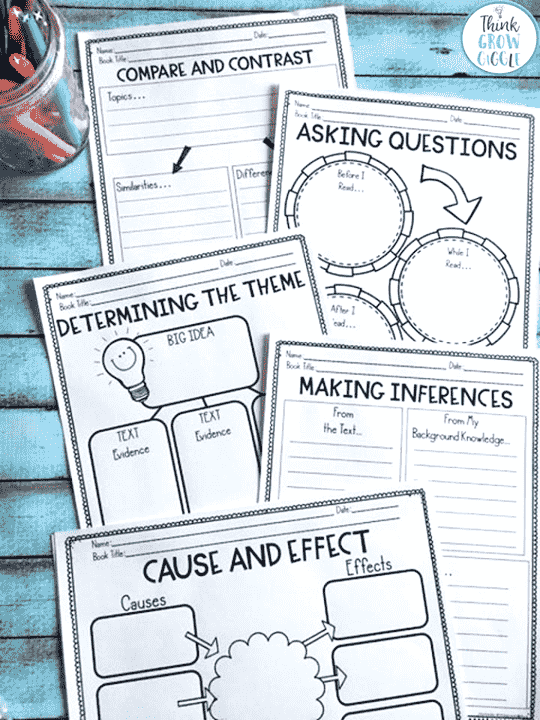
A graphic organizer is a robust visual learning tool that helps teachers organize their students’ ideas. Educators can use graphic organizers to present complex concepts through interactive visuals.
Students and teachers can use graphic organizers to brainstorm ideas and make hard decisions. In short, graphic organizers are visual tools to organize and present information.
3 Reasons Why You Should Use Graphic Organizers?
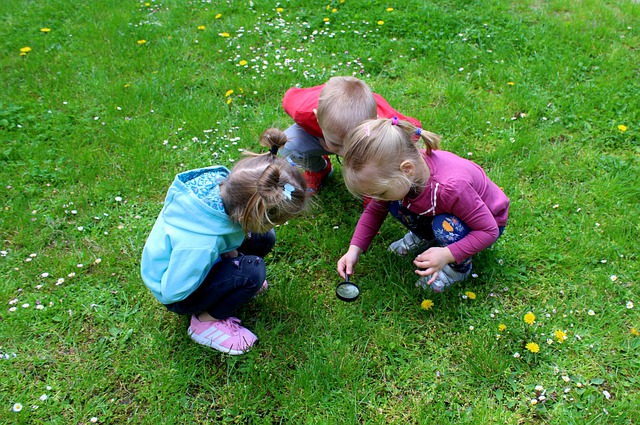
Graphic organizers are powerful teaching tools that help present information in an easy-to-understand format. Using different graphic organizers like charts and diagrams, teachers can create adaptive and simple learning material. Besides this, graphic organizers can help teachers in many ways, like:
1. Deeper understanding
The best thing about graphic organizers is that they help students understand complicated things. In addition, when you pair graphic elements along with reading material, it will provide a visual perspective to your students.
For example, when you teach students the life cycle of butterflies, they might not understand how a cocoon turns into a beautiful butterfly. However, showing a proper diagram of butterflies’ life cycle will provide a deeper understanding to your students.
Therefore, you should pair graphic tools with reading material to improve their comprehension.
2.Helpful for all students
It is challenging for teachers to create a learning material that can help everyone in the class. Especially if you have sensory-challenged children in your class, it is impossible to help all students with a learning resource.
Fortunately, graphic organizers make learning easy for everyone. For example, attractive visuals can help physically disabled children understand things they can’t read. Similarly, children who are slow at learning can leverage visuals. This way, teachers don’t have to create different learning resources for each student. That will save them a lot of time.
3. Increase engagement
A big block of words can scare anyone. When your students see big paragraphs and no images, it will reduce their engagement. They will feel bored and uninterested in a lesson even before the beginning.
On the contrary, they can process the information faster with colorful elements, various shapes, and diagrams. Graphic organizers will increase student engagement in learning. When students are engaged and focused on their learning material, it will automatically uplift their academic performance.
6 Graphic Organizers That You Can Use in Your Class
Several different graphic organizers are available for teachers in classrooms based on the available information and context. According to your data, you can use these types of graphic organizers in your class, such as:
1. Circle Map
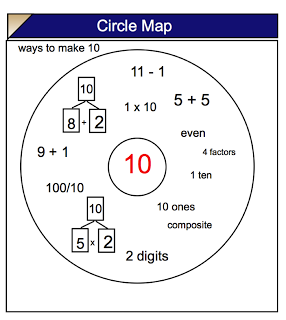
A circle map graphic organizer is used to explain related concepts or brainstorm ideas. There is one large circle in this organizer and one small circle inside it.
The main topic is defined in the small circle, and then the large circle is filled with related information. This organizer helps to establish connections and definitions to move organically. Teachers can use these graphic organizers to teach simple concepts to preschoolers, like colors or shapes.
For example, you can write the color red in the small circle and mention all the red items in the outer circle, like apples, roses, etc. This will help your students identify all the red objects.
2. Spider Map
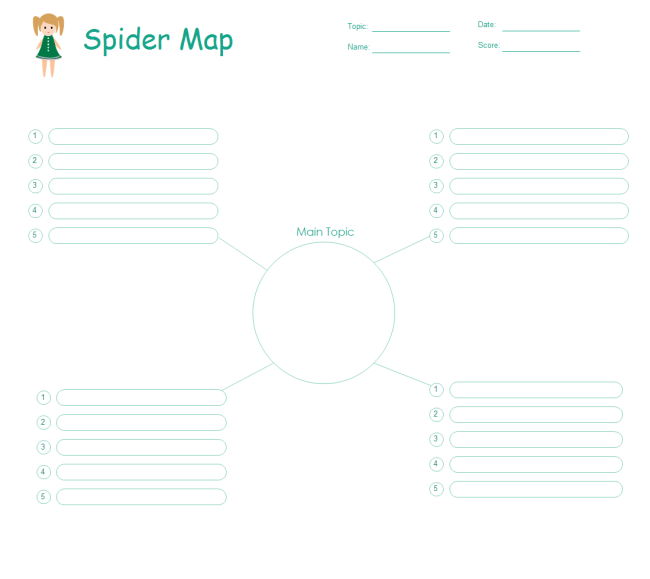
This graphic organizer comes in handy when explaining things with descriptive connections. This organizer looks like a spider web, so it’s called a spider map.
Related Reading: Fun Free Games for Kids to Play Online
You have to draw a big circle with connecting arrows to create this map. This map helps to explain a definition that belongs to a group. For example, you can write mammal in a big circle and draw connecting arrows to mention all the animals that belong to a mammal family cows, dolphins, etc.
3. Idea Wheel
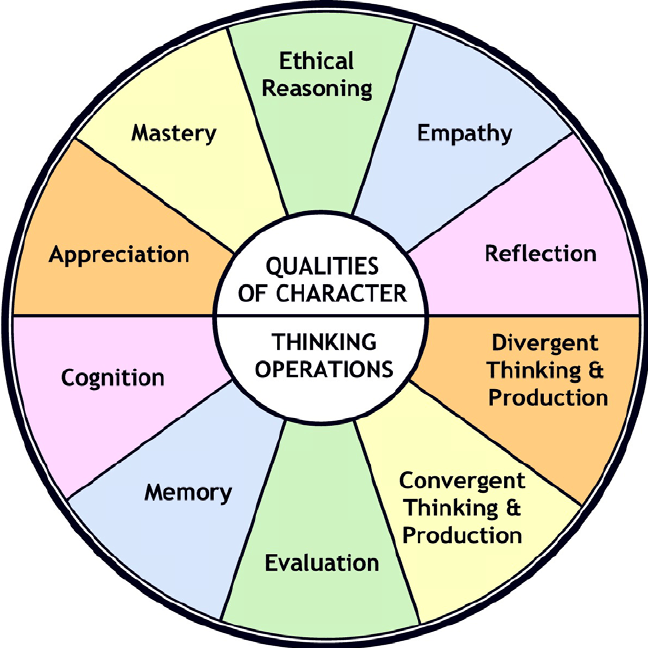
As the name suggests, this graphic organizer helps to brainstorm ideas. It is a combination of a spider map and a circle map. In this diagram, you have to put the main idea in a small circle, and around it, you can create other circles or shapes to segment your concept. In the end, the organizer will look like a wheel.
4. Venn Diagram
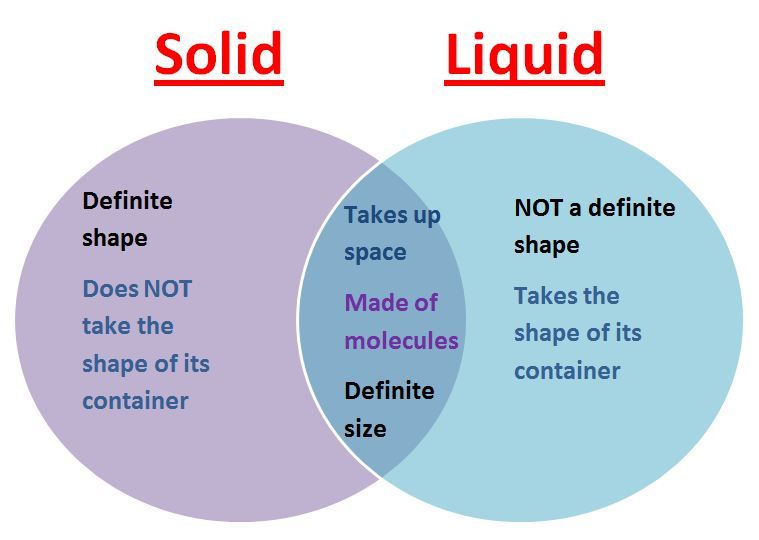
Venn diagram is a popular web graphic organizer. This diagram helps explain the differences and similarities between the two concepts. In this graphic, two large circles are created, intersecting each other at a point where you will mention the main topic of the study.
5. Tree Chart
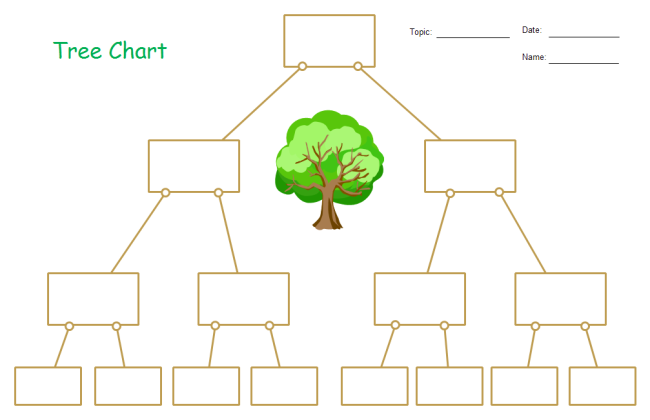
The classic tree chart is the perfect graphic organizer for categorizing and subcategorizing a topic into several sections. Using this chart, you can present extensive information in small sections for easy interpretation.
6. Sequence of Events Chain
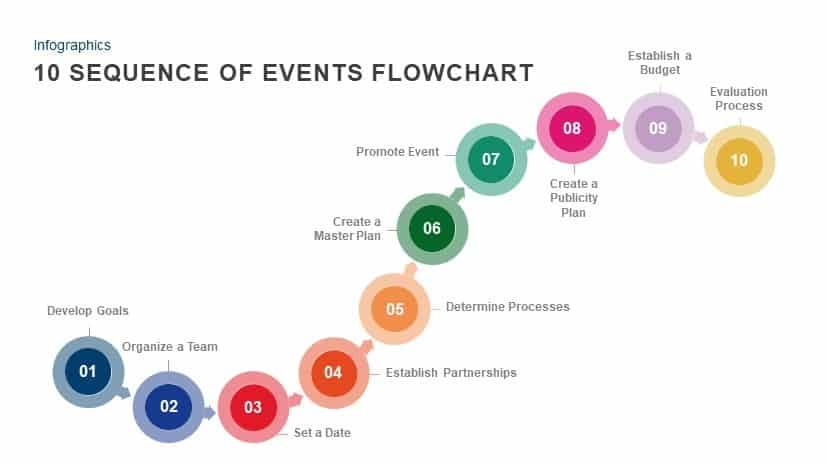
This graphic organizer is similar to a flowchart. However, you will use graphics and visuals to establish the flow of different processes and procedures. For example, professionals use this organizer to create business presentations.
Start Organizing Your Learning Material Today!
Whether creating learning material for preschoolers or high schoolers, using accurate graphic organizers will add more value to your resources. Students can better understand lessons and complex problems through visual presentation.
As you have already seen, there are multiple types of graphic organizers available. You have to select the right organizer to present your information attractively and effectively.
Frequently Asked Questions (FAQs)
What does a graphic organizer do?
Graphic organizers are learning and teaching tools that help understand and interpret information faster. Various visual and text elements are used to create graphic organizers to make information accessible to everyone.
Is table a graphic organizer?
Yes, tables are also graphic organizers as they help categorize information into different blocks along rows & columns for easy understanding. Teachers can use tables to show attributes of items, compare and contrast topics, and evaluate information.






![100 True or False Questions for Kids [With Answers] True or false for kids](https://www.splashlearn.com/blog/wp-content/uploads/2024/10/true-or-false-for-kids-100x70.jpg)


